But in come the cronies to tell us not to worry about it.
By Bill Bonner reprinted Wolfstreet article
DELRAY BEACH, Florida – It’s hot in Florida. Steamy hot. Hair curls and bodies go limp.
The “relief rally” continued yesterday. All over the world, stocks gained. So did oil and commodities. (More on that below in today’s Market Insight.) The Dow was up 369 points – a 2.3% move. Chinese stocks were up by about 5%. Why?
U.S. GDP numbers for the second quarter came out higher than expected. The economy grew by an annual rate of 3.7%. And influential New York Fed chief William Dudley said the argument for a rate increase in September was “less compelling.”
A Decline in Excess of 50%
Oh, ye of little faith… fear not! Things are happening just as they should. It is the end of summer. Markets are giving strong hints of things to come in the fall. Like Vesuvius, a plume of smoke rises… and a cloud of dust hangs over the markets. The economic earth rumbles… and animals take flight.
But in come the cronies to tell us not to worry about it.
And who knows what happens next?
Your editor is a fairly good plumber. He can put the pipes together and unclog the toilet. Alas, his record as a market soothsayer is spotty. He is rarely wrong, but often so early that by the time the event occurs even he has forgotten he ever predicted it.
But today we are encouraged and emboldened. We swagger ahead, like a reedy poet into a rough bar, confident in the knowledge that there are giants behind us. Yes, economist and money manager John Hussman’s forecast is similar to our own. From his most recent note for Hussman Fund clients:
If you roll a wheelbarrow of dynamite into a crowd of fire jugglers, there’s not much chance things will end well. The cause of the inevitable wreckage is not the dynamite, but the trigger is the guy who drops his torch.
Likewise, once extreme valuations are established as a result of yield-seeking speculation that is enabled (1997-2000), encouraged (2004-2007), or actively promoted (2010-2014) by the Federal Reserve, an eventual collapse is inevitable.
By starving investors of safe return, activist Fed policy has promoted repeated valuation bubbles, and inevitable collapses, in risky assets.
On the basis of valuation measures having the strongest correlation with actual subsequent market returns, we fully expect the S&P 500 to decline by 40% to 55% over the completion of the current market cycle. The only uncertainty has been the triggers.
A $12 Trillion Wealth Wipeout
A “decline in excess of 50%” within “less than three years” is our forecast.
We will stick with it, hoping to live long enough to see it proven correct, or in any case hoping to live long enough to see how it turns out.
But this forecast is for real (adjusted for inflation) prices, not nominal prices. Because we have a feeling that the feds will not stay in their seats as the government loses revenues, zombies rise in rebellion, and cronies and campaign contributors lose much of their net worth.
As of this May, the combined market cap of the companies listed on the New York Stock Exchange was $19.7 trillion. A 50% plunge would wipe out about $10 trillion in investor wealth, give or take a few billion dollars. More “reflationary” monetary policies are no doubt in the pipeline. Real estate would most likely go down, too – especially at the upper end.
The house in Florida on the market for $139 million that we reported on last week, for example, would have to be sold at auction. How much would it bring? $10 million? $50 million? Who knows?
Debt in Distress
The junkiest, riskiest part of the bond market would also be destroyed. When the going gets tough, the “spread” (or gap between yields) on junk bonds over U.S. Treasury bonds widens, as bond investors bail out of their riskier positions.
Whole sectors could go broke. Here’s Bloomberg with a report on debt in the oil patch:
At a time when the oil price is languishing at its lowest level in six years, producers need to find half a trillion dollars to repay debt. Some might not make it.The number of oil and gas company bonds with yields of 10% or more, a sign of distress, tripled in the past year, leaving 168 firms in North America, Europe, and Asia holding this debt, data compiled by Bloomberg show. The ratio of net debt to earnings is the highest in two decades.
If oil stays at about $40 a barrel, the shakeout could be profound.
Easy come. Easy go. It doesn’t take too much imagination to see the EZ money of the last seven years going back where it came from – to nowhere.
Forward – to Disaster
And then, what would Saint Janet do?
Even now, under less stressful conditions (let us assume that markets stay calm), will she raise rates next month as expected? Probably not…
Consumer prices, as officially measured, are stable, not rising. And inflation expectations have dropped to a five-year low. Unemployment and GDP numbers make it look as though the economy is running okay. But don’t look under the hood!
And with the stock market so fragile, would Saint Janet risk being the one to cause a worldwide panic? Nah… No rate increase in September.
Instead, when the crash resumes, we will see even EZ-ier money, not tighter money. We are on course for a “hormegeddon”-style outcome. (Hormegeddon is the term I coined in my latest book for “disaster by public policy.”) Backing up is not an option. We must go forward – to disaster. By Bill Bonner, Bonner & Partners
Markets bounced over the last few days. But is the bounce to be trusted? Read… “The Most Astounding Credit Binge in History”

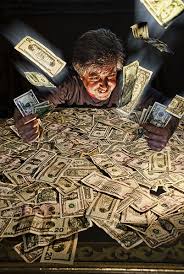










 The same holds true for China.
The same holds true for China.
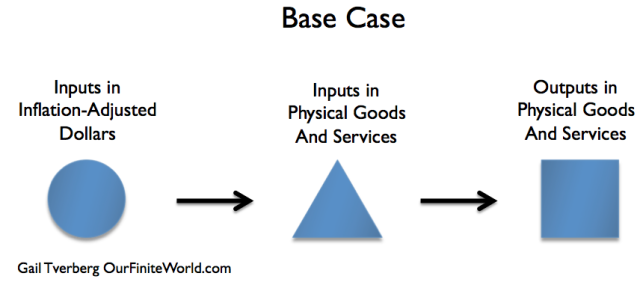
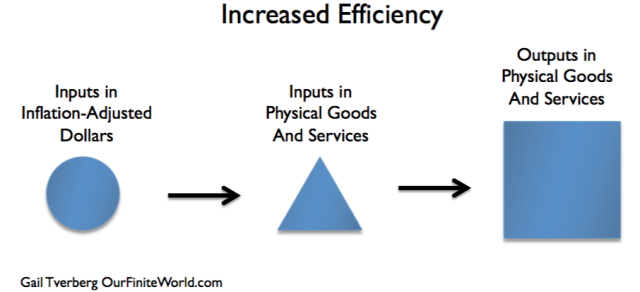
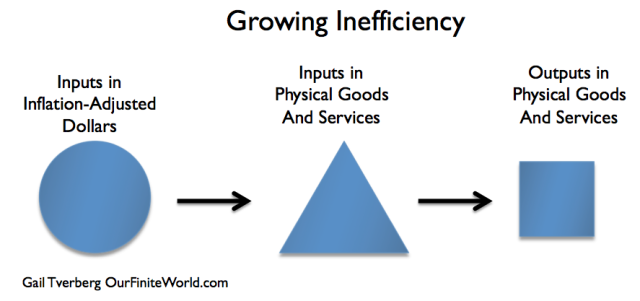
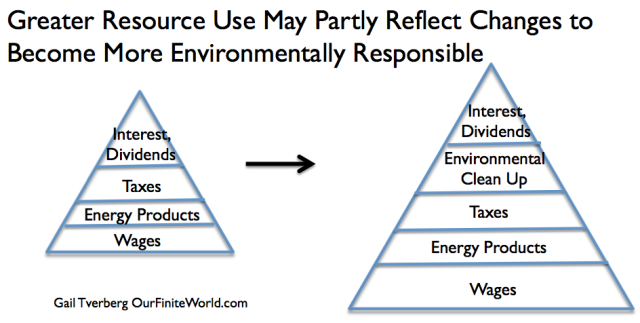


Please: if the Dow isnt at, say, 9,000 by the end of October, can we ease up on the Sky Is Falling Stuff? In the next two or three months we will get to see if the time is actually ripe for a 40 percent correction and if the Fed will or will not do anything about it – before or after it (maybe) happens.
My interest in this is more along the lines of morbid curiosity as I think our economy has been ruined nearly beyond repair. That means I consider the current process of destroying the middle class to already be so far along that, functionally, the stock market is now mostly an indicator or economic dysfunction. Even if it never crashes.
“the stock market is now mostly an indicator or economic dysfunction”
Agreed. It began to approach something resembling reality on Monday, but didn’t remain there:
http://www.zerohedge.com/sites/default/files/images/user3303/imageroot/2015/08-overflow/20150828_EOD1.jpg
But wait… if the Dow is at “9000 by the end of October,” WOLF STREET will turn bullish on stocks.
Remember, WOLF STREET turned bearish on stocks in early 2014, after turning bearish on junk bonds in mid-2013 (too early), though I called both in a “bubble” before then. WOLF STREET is not a perma-bear site. But it does try to point at the next crisis.
For example, I started writing about Cyprus 1.5 years before it blew up. When it blew up, NPR said that it “came out of nowhere.” Clearly, they don’t read WS :-]
But I don’t think we’ll be handed this unique trading opportunity of the DOW plunging to 9000 by October. That would be too easy.
Mr. Richter,
I’ve enjoyed your analysis very much.
Now that valuations are beginning to reflect your worldview, do you see a bull market anywhere? CDs aren’t paying too well.
I don’t see a bull market in equities yet. They would have to drop a lot further for me to see one. In the US, the S&P 500 is barely in a mild correction, after rallying incessantly since 2011. I’m looking forward to the day that I can see a bull market, but I’m afraid it’s going to be a while.
Meanwhile I think this is the most treacherous market I’ve ever seen before.
Agree – “That means I consider the current process of destroying the middle class”
Global CBs under orders from the bankster cabal handlers are doing just that. Suck blood from middle class while 1% gets wealthier and rising ranks of poor dependent on governments (who in turn tax the middle class more) which are becoming more socialistic (Marx would be proud) even though EU socialist agendas proved to be failure. Bet Government Sacks and alike already know the market is about to tank and already lined up trades against its muppet clients.
Here is an interesting article from conservative American Thinker as it dissects China and market meltdown
1st paragraph: “The ongoing stock market meltdown is just the tip of the iceberg that is the dangerously precarious China economy. The back story — the extraordinary market manipulation that has allowed the global economy to come to this potentially disastrous pass — is what few commentators have yet spelled out.”
http://www.americanthinker.com/articles/2015/08/_the_china_syndrome.html
Helicopter Benny’s departure was very timely before the excrements hit the fan. So Janet got her wish but alas she was left with molasses to deal with.
She was like deer in headlight being newbie to the job and weight on top of her as leader of global CB cabal and more like circus. So she chose to stand by as why raise the rates and have all banksters come after her head? Fast forward to Aug and she is now stuck in rock and a very hard place with USD spiraling up against just about every currency but raising int rate would only strengthen the USD with so many herd mentality went long on USD. Add to this China Syndrome kicks in full gear in Aug.
Ah to be (raise rate) or not to be but I bet Janet will stand pat till things really fall apart in Sept/Oct then try to unleash QE IV only to see it fail in light of Chinese selling Treasuries in the tunes of $1 trillion countering QE IV’s limp impact.
The market is overvalued and the underlying products and services they represent are also extremely overvalued. The reality is that people don’t have the money anymore to support the price levels these valuations require and there is heavy discounting going on, which is never reflected in the market valuations. If you look at all the mergers gone bad that is where you can really see it. Companies keep trying to buy growth but it is just not there. What is there is the hidden discounting which they think they can consolidate their way out of. Eventually they unload the bad deal as a write-off and they don’t have to admit that they don’t have the revenue or the pricing power.
Also look at the amount of stock purchasing going on. If making a short term profit appear on the quarterly report is more important, if making the stock value stay ahead of the pack, then go ahead Mr. Cif, authorize those buybacks. But if the future well being of your entity is your chief concern then invest in research and development, or your employees but not your own stock. The snake that eats its own tail eventually reaches the back of its own head.
“The economy grew” !? Come on people its not the economy, it’s debt and inflation!
GDP is mostly debt based synthetic growth! Thus the inflation that the banks and the tax man loves so much!
Debt and inflation go up when the economy is growing
The market believes the “growth” number because it helps them blank out the elephant in the room. Swimming against this current is like battling the tar baby, getting pulled in deeper with each blow. Maybe the sky isn’t falling, but if it walks like a duck and quacks like a duck…it’s probably a DUCK.
That’s my point, friends: the sky does not have to fall re the stock ‘market’ for the process of taking the middle class to the cleaners to continue its advance. Even if you have been wise enough to avoid/minimize your ‘market’ exposure before or since 2008, you’ve still been washed, dried, fluffed, and folded. Just go food shopping or try looking for a job.
Geez Bill…that’s not what my Fidelity guys say…PJS
https://www.fidelity.com/viewpoints/market-and-economic-insights/market-correction-as-stocks-selloff?ccsource=email_monthly
I find I have been watching a lot of documentaries on the 1929 crash and the subsequent depression recently, similarities to the current belief in the stock market are scary, especially the purchase of shares on margin.
Retired investors have to put estate somewhere. While the stock market is suspect so are the alternatives. Cattle anyone?